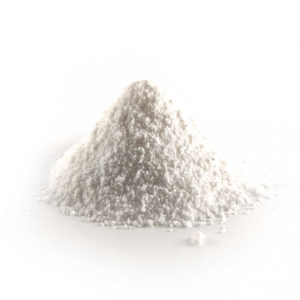Methoxpropamine (MXPr)
Methoxpropamine (MXPr): Bulk Industrial-Grade Supply for Manufacturers and Laboratories
Methoxpropamine (MXPr) is an advanced arylcyclohexylamine compound, highly valued in industrial and scientific sectors for its role in chemical synthesis, research, and analytical applications. At https://realchemstore.org/ , we specialize in supplying high-purity, industrial-grade MXPr in bulk quantities, meeting the needs of manufacturers, research institutions, and engineering firms worldwide.
What Does the MXPr Category Include?
This category features:
- Pure Methoxpropamine (MXPr) in various purities and grades
- Related arylcyclohexylamine derivatives and analogues for industrial and research use
- Essential solvents and reagents for handling, synthesis, and formulation
Key Types of Chemicals in This Category
- Methoxpropamine (MXPr): The primary compound, offered in bulk for industrial and research processes.
- Other Arylcyclohexylamine Derivatives: Such as MXE, MXiPr, and 3-MeO-PCP, available for custom orders or comparative studies.
- Supporting Chemicals: High-purity solvents (e.g., acetonitrile, methanol) and stabilizers for safe processing and storage.
Major Applications of MXPr
- Pharmaceutical Research: Used as an intermediate in the synthesis of novel compounds and APIs.
- Chemical Manufacturing: Integral in the production of specialty chemicals and advanced materials.
- Analytical Laboratories: Employed as a reference standard and for method development in chemical analysis.
- Material Science: Occasionally used in experimental polymer and material formulations.
Why Industrial Buyers, Manufacturers, and Engineers Use MXPr
- High Purity and Consistency: Industrial applications demand strict quality control and reliable batch consistency.
- Bulk Availability: Large-scale operations require uninterrupted supply of MXPr in commercial quantities.
- Regulatory Documentation: Full documentation, including Certificate of Analysis (COA) and Safety Data Sheets (SDS), ensures compliance and traceability.
Examples of Chemicals in This Category & Industrial Uses
- MXPr: Utilized in pharmaceutical research and as a control in analytical chemistry.
- MXE, MXiPr, 3-MeO-PCP: Related compounds for comparative research or as intermediates in chemical manufacturing.
- Solvents: Used for extraction, purification, and safe storage of MXPr.
Packaging Options
At https://realchemstore.org/ , Methoxpropamine (MXPr) is available in:
- Industrial-grade HDPE drums (5 kg, 25 kg, 50 kg)
- Sealed glass containers for laboratory-scale batches
- Custom bulk packaging for high-volume industrial clients
Handling Advice
- Always handle MXPr in controlled environments using appropriate PPE (gloves, goggles, lab coats).
- Store in cool, dry, and ventilated areas, away from incompatible substances.
- Adhere to all local and international regulations for storage, transport, and disposal.
Why Source Methoxpropamine (MXPr) from https://realchemstore.org/
- Verified Purity & Documentation: Each batch is fully tested and provided with COA and SDS.
- Bulk Order Reliability: We ensure consistent supply and timely delivery for industrial-scale needs.
- Technical Support: Our team offers expert advice on handling, compliance, and best practices.
- Global Shipping: Serving clients in the US, UK, Australia, Canada, Europe, Asia, and beyond.
For all your industrial Methoxpropamine (MXPr) requirements, trust https://realchemstore.org/ for quality, compliance, and reliable bulk supply.
Showing the single result

